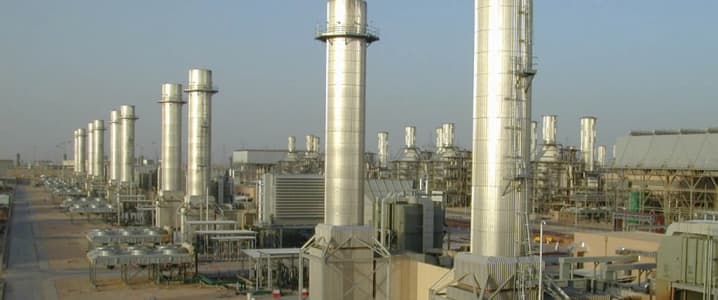After suffering two record budgets shortfalls in 2015 and 2016 as a result of plunging oil prices, which nearly brought both Saudi Arabia's economy and banking sector to a standstill, not to mention the billions in unpaid state worker wages - at least until generous foreign investors funded the Kingdom's imminent cash needs with its first bond sale ever – today, Saudi Arabia released its budget outlook for the next year.
And while the Saudis believe the country's budget deficit will fall modestly next year, even with an increase in spending, it is still set to be a painful 8 percent of GDP, suggesting that the Saudi cash burn will continue even with some generous oil price assumptions.
The budget deficit for 2017 is expected to decline 33 percent to 198 billion riyals ($237 billion), or 7.7 percent of GDP, from 297 billion riyals or 11.5 percent of GDP in 2016 year and 362 billion riyals in 2015, the Finance Ministry said in a statement on its website on Thursday. In 2016, the finance ministry said its spending of 825 billion riyals ($220 billion) was under the budgeted 840 billion, and the 2016 budget deficit came to 297 billion, below the 362 billion in 2015.

The project deficit in 2017 is the result of 890 billion riyals in spending, 8 percent higher than in 2016, offset by 692 billion riyals in revenue, of which oil revenue is expected to contribute over two thirds, or 480 billion riyals, with non-oil revenue providing the remainder, or 212 billion. Of the biggest spending categories, the top one remains education, with 200 billion ryals budgeted, followed immediately by military spending at 191 billion riyals.
 Related: Why The Koch Brothers Just Warned Of A Gasoline Price Spike
Related: Why The Koch Brothers Just Warned Of A Gasoline Price Spike
As Bloomberg notes, "the world’s biggest oil exporter has faced a fiscal crunch since crude prices plunged, and this year implemented a series of unpopular austerity measures -- including lowering energy and water subsidies, raising visa fees and cutting the take-home pay for civil servants. In April, Deputy Crown Prince Mohammed bin Salman rolled out the so-called Saudi Vision 2030 plan to end the kingdom’s “addiction” to oil." Because of this, much attention will be focused on the revenue side, where the Saudis agreed to implement “selective taxes” on tobacco, soft and energy drinks during fiscal year 2017, according to the Saudi budget statement.
Amusingly, for those who get offended at Y-axis violations, here are the Saudis doing the same with the X-axis, which shows the collapse in oil revenue... from right to left.

When looking at its oil industry, the Kingdom expects it to grow 3.37 percent in 2016, with the refining industry set to grow 14.78 percent, Finance Ministry says in statement on its website. The government said it will review subsidies, including adjustments for petrol products, water and electricity, and re-pricing over next 5 years to achieve efficient use of energy, preserve natural resources, avoid irrational use, support middle or low income citizens and establish a competitive business sector. The subsidy system for oil products, water and electricity was adjusted and re-priced in 2016.
The government is planning to have a “balanced” national budget by 2020. The 2016 budget deficit is 9 percent lower than the government’s initial estimate, while the International Monetary Fund predicted the 2017 deficit would be 9.5 percent of Saudi Arabia’s GDP. The government expects to spend 890 billion riyals next year -- 8 percent higher than in 2016.

Finally, and most importantly, here are the assumptions the Saudis base their forecasts on. The Kingdom expects 3.4 percent global GDP growth in 2017, leading to a 1.1 percent increase in oil demand to 95.3mmbbl in 2017, resulting in an average oil price of $50.6.
Finally, while not revealed in the actual budget, according to Arabiya, here are the Saudi oil forecasts for oil, in both the base and conservative scenarios: The Kingdom sees oil trading between $49 in the conservative case, to $55 in the main, or "base case", eventually rising to $65 in 2019. Related: Can Killer Whales Strike A Blow Against Canada’s Oil Sands?
Base Case scenario for oil prices:
o 2017: $55
o 2018: $61
o 2019: $65
Conservative Scenario for oil prices:
o 2017: $49
o 2018: $52
o 2019: $55
o 2020: $58
Of course, if Saudi Arabia is wrong, expect this chart, also when read from right to left, to continue surging, as Saudi debt explodes.

By Zerohedge
More Top Reads From Oilprice.com:
- Geothermal On Steroids: Drilling The World’s Hottest Hole
- ‘’EVs, Solar Could Push Oil Down To $10 By 2025’’
- Why Oil Markets Don’t Have To Worry About Libya


















